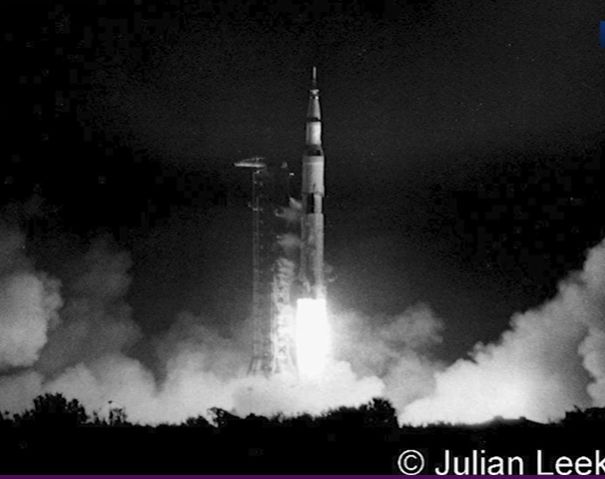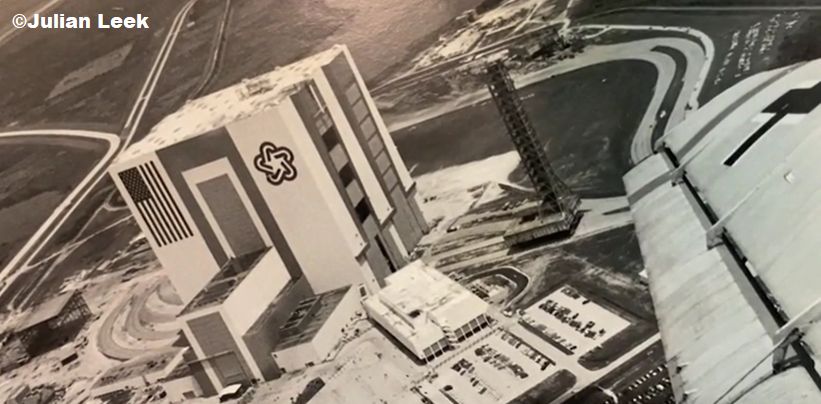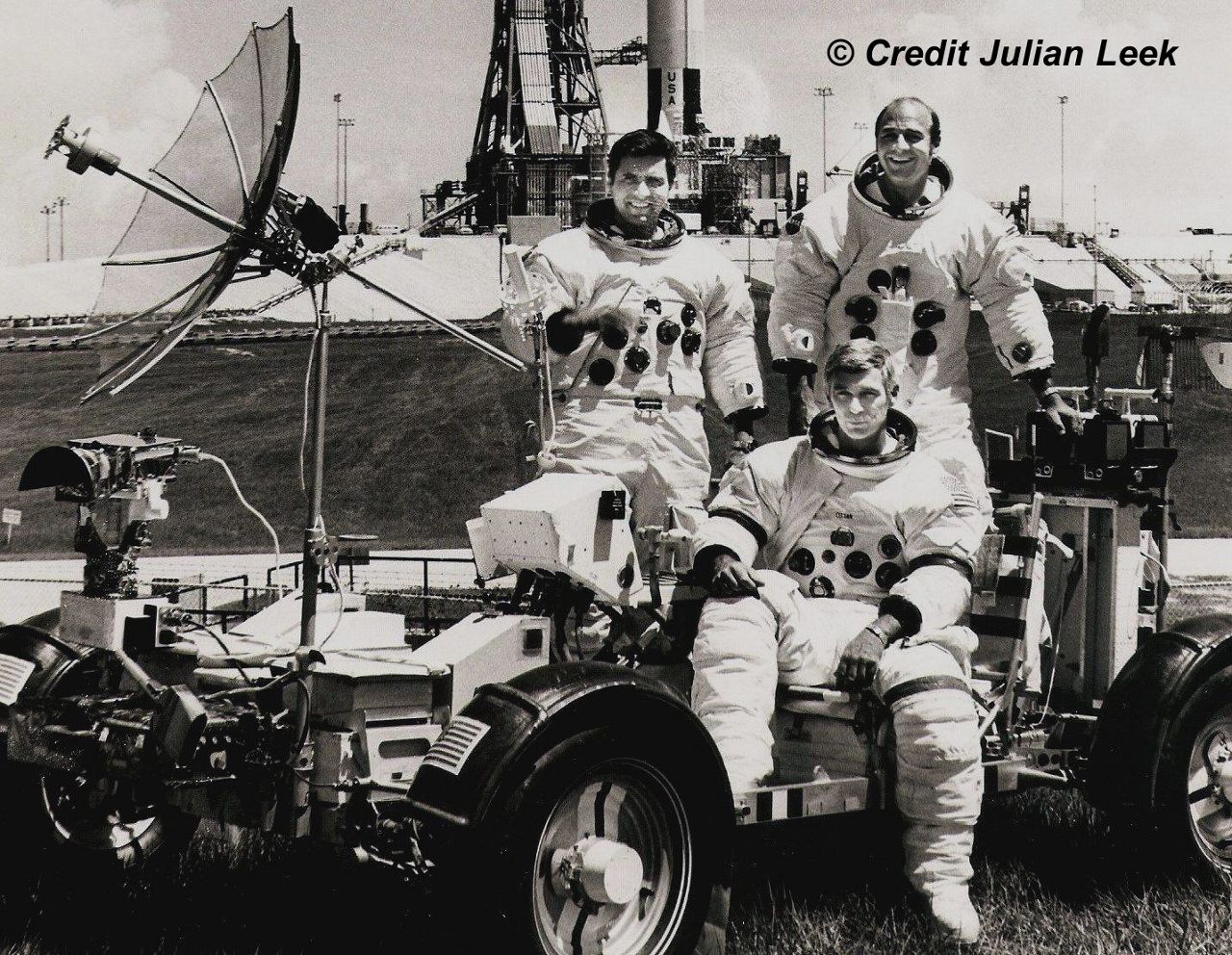MELBOURNE BEACH, Fla. — Five decades ago Apollo 17 blasted off from the Space Coast, beginning the final mission of the United States' historic moon program.
You could say Julian Leek has the right credentials and the right skill set to photograph the historic Apollo launches that sent man to the moon for the first time.

Just going through his keepsakes at his Melbourne Beach home brings the memories rushing back, even from fifty years ago. “I was here, I was there, I was at that one,” Leek recalls. “Where were we? Just a bit of everything.”
Leek was a young photographer assigned to cover what would become the final Apollo mission, Apollo 17. He recalls riding along the crawler-way and getting a pic from a rare bird's-eye view of the Saturn V as it rolled to the pad for launch.

“Going up the elevators, and you had to climb, and they checked you, lens covers had to be off or tied up, empty your pockets,” said Leek.
For the past five decades, Leek has snapped pictures of launches from the cape, or across the street from his home on the Melbourne Beach pier. Every launch for him is special, but being part of the group documenting Apollo 17 and its significance is at the top of the list.

“Absolutely. That was one of the highlights of my life being out there,” Leek says.
Leek isn’t slowing down. He’s covering the Artemis mission and is looking forward to when Americans return to the moon in the coming years.



